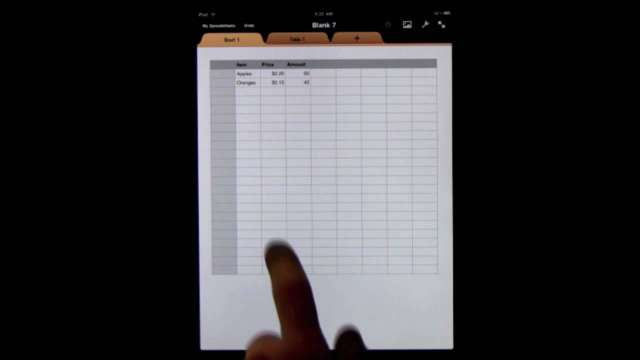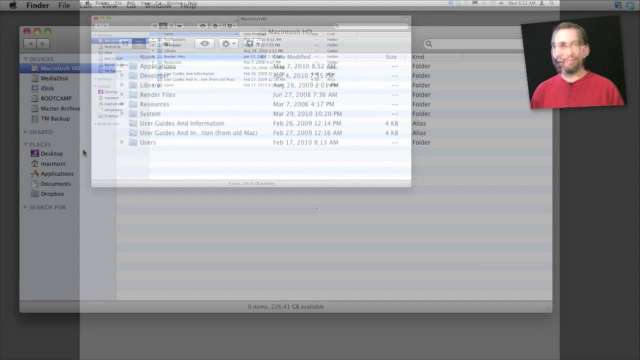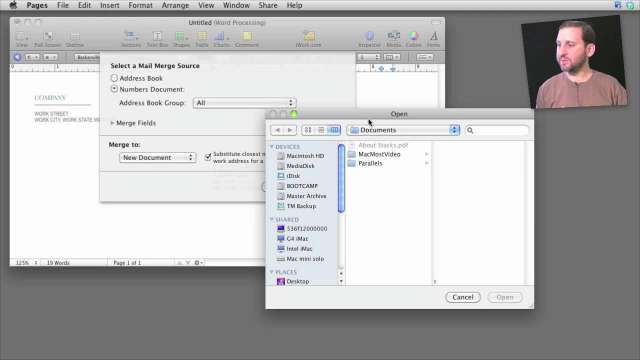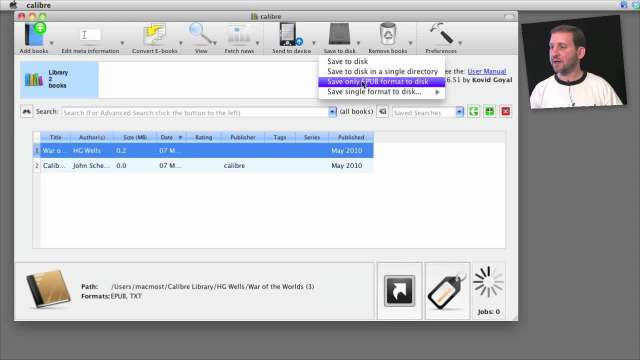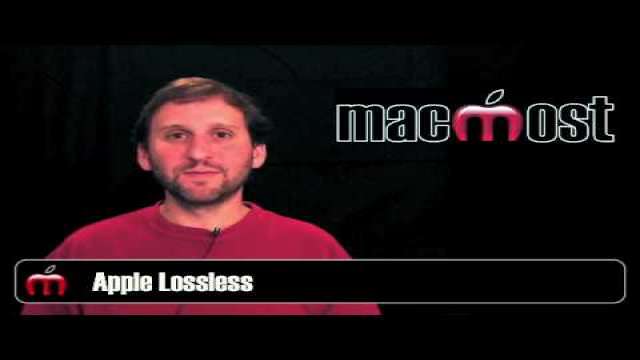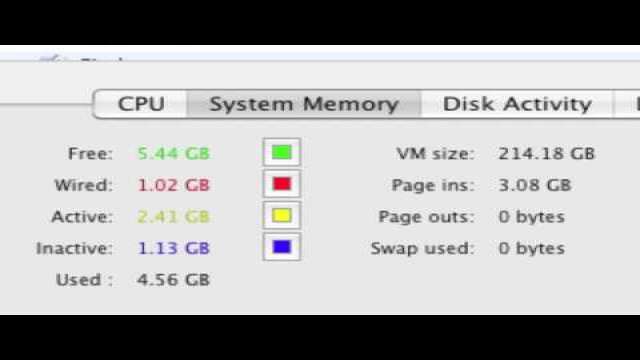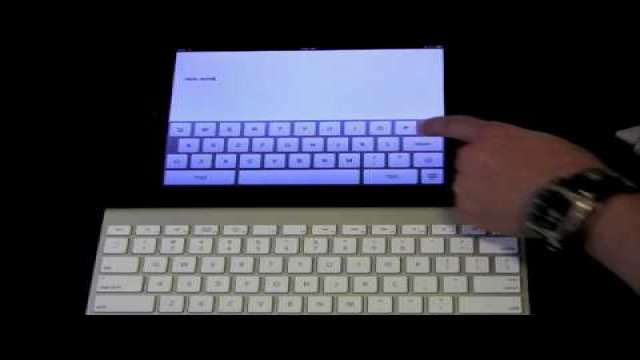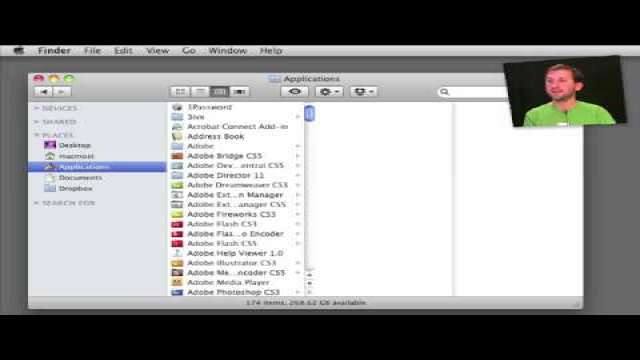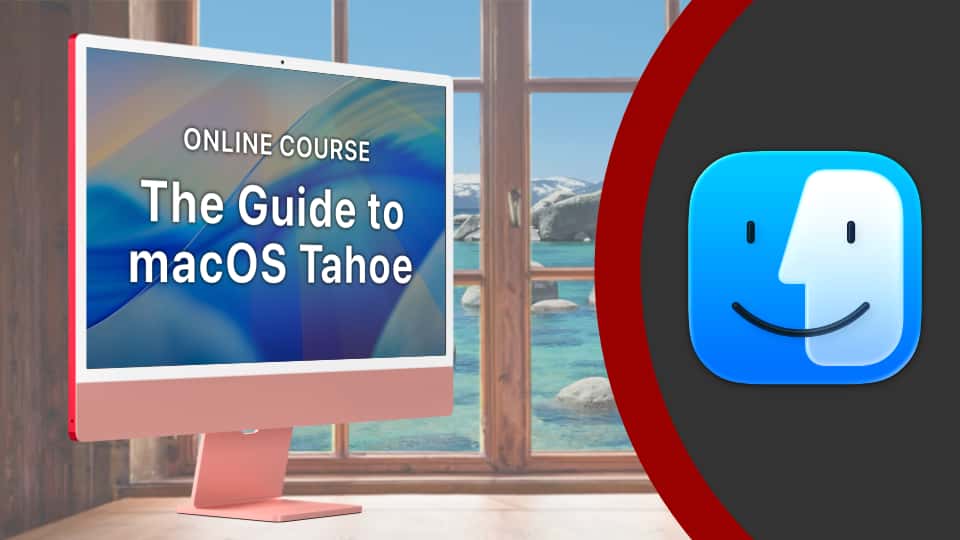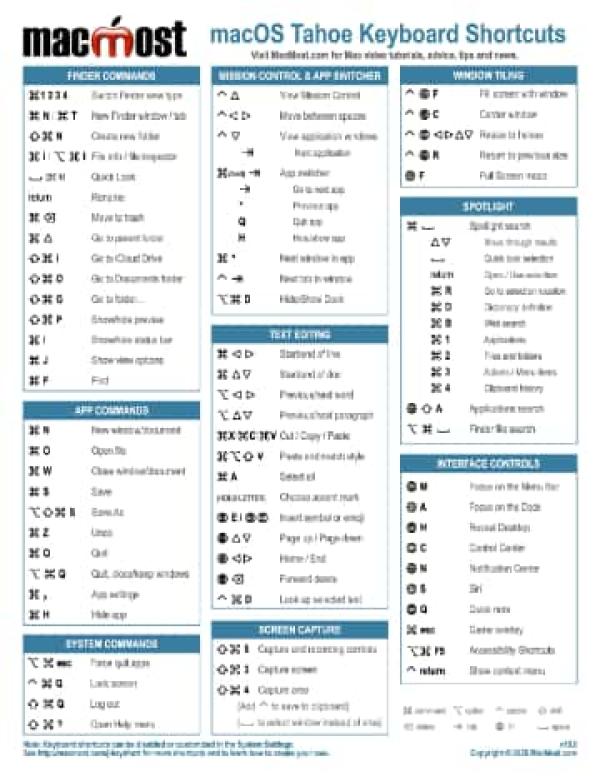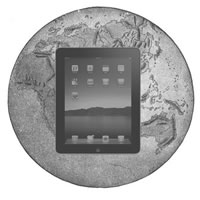 May 28 will be the launch date for the iPad in several countries, including Australia, Canada, France, Germany, Italy, Japan, Spain, Switzerland and the UK. Apple has already begun taking pre-orders in those countries. The actual arrival date for pre-orders through the mail is in question, as many in the UK have seen their shipping dates slip into June.
May 28 will be the launch date for the iPad in several countries, including Australia, Canada, France, Germany, Italy, Japan, Spain, Switzerland and the UK. Apple has already begun taking pre-orders in those countries. The actual arrival date for pre-orders through the mail is in question, as many in the UK have seen their shipping dates slip into June.
Prices for the iPad outside of the U.S. are slightly higher, leading to criticism by some. Steve Jobs himself has fired back, saying that the higher prices are due to taxes in other countries, though some of the prices are higher even accounting for taxes.
Back in the U.S., the iPad reportedly will be coming to Wal-Mart stores later this year. Apple has also started a new ad campaign for the iPad, claiming the iPad as revolutionary. Interestingly, the ad is remarkably similar to an ad campaign for the Newton in the 90s.
Signs are pointing to a late June release of the next version of the iPhone. These signs include reports of vacation bans for AT&T employees at that time, a second appearance of a new iPhone model prototype found in Vietnam, and changes in the date AT&T will allow subsidized upgrades of iPhones.
The Apple Worldwide Developer Conference will be held earlier in June, and it would make sense that Apple announces the new iPhone model there. The conference, which used to center on the Mac, is now more about the iPhone and iPad. The WWDC is more populae than ever, selling out in only 8 days this year.
 Apple launched the 3G version of the iPad last Friday, selling 300,000 units on that day, many of those pre-ordered. This put total iPad sales past 1 million units in just 28 days of sales. It took the original iPhone 74 days to hit 1 million.
Apple launched the 3G version of the iPad last Friday, selling 300,000 units on that day, many of those pre-ordered. This put total iPad sales past 1 million units in just 28 days of sales. It took the original iPhone 74 days to hit 1 million.
Meanwhile, the landscape for competition to the iPad changed dramatically this week. Microsoft cancelled its plans for the Courier tablet computer. HP’s Slate tablet plans are also in doubt now that they have purchased Palm. The purchase is speculated to be about getting the Palm WebOS operating system to use on the Slate. Integration could push back a release. But other rumors point to a Windows-based Slate this year, and a WebOS version later on.
Several months ago Apple purchased iTunes-competitor Lala, and this week they announced they are shutting down the service, at least in its existing state. Various levels of compensation will be given to those with an existing balance or access to net-based music. Apple may be using the cloud-based technology behind Lala to improve iTunes in the future.
Game maker Valve Software will release Steam for Mac on May 12. This is Valve’s own system for game distribution and communication. This means many formerly Windows-only games will now be available for the Mac, including Portal, Counter-Strike: Source, the Half-Life 2 episodes, the Left 4 Dead series, and more. Better yet, those with Steam accounts that have purchased the games on Windows will be able to download the Mac versions for free.
 Apple set the dates for its 2010 Worldwide Developers Conference in San Francisco for June 7-11. The conference, originally centered around the Mac, will certainly have an iPhone and iPad emphasis. Apple has already announced and released to developers a new version of the iPhone OS used on both devices. It is expected that they will unveil a new version of the iPhone hardware during the conference.
Apple set the dates for its 2010 Worldwide Developers Conference in San Francisco for June 7-11. The conference, originally centered around the Mac, will certainly have an iPhone and iPad emphasis. Apple has already announced and released to developers a new version of the iPhone OS used on both devices. It is expected that they will unveil a new version of the iPhone hardware during the conference.
The 3G version of the iPad, capable of connecting to wireless 3G networks, has started shipping to customers who pre-ordered the device. Delivery times indicate they should be arriving on Friday afternoon, just hours before the iPad 3G goes on sale in Apple Stores around the U.S. at 5 p.m.
There is more drama around the iPhone that was lost in a California bar and then later sold to the online publication Gizmodo. Despite being returned to Apple, a police investigation has started which included the seizing of Gizmodo editor’s computers. On one side of the controversy are First Amendment considerations that protect journalists from such seizures. On the other side is the fact that Gizmodo purchased what could be considered stolen goods.
In other news, Apple reportedly purchased chip design firm Intrinsity. That company is though to be the brains behind the A4 processor in the iPad.
 Apple’s January-March quarter included record sales and profit numbers. They sold nearly 3 million Macs, almost 9 million iPhones and almost 11 million iPods. Profits were up 90 percent at $13.5 billion from the same quarter last year. This was Apple’s best non-holiday season quarter ever. The stock surged on the news.
Apple’s January-March quarter included record sales and profit numbers. They sold nearly 3 million Macs, almost 9 million iPhones and almost 11 million iPods. Profits were up 90 percent at $13.5 billion from the same quarter last year. This was Apple’s best non-holiday season quarter ever. The stock surged on the news.
But not everything at Apple headquarters was good news for the company and an engineer lost a prototype of the next iPhone model at a bar nearby. The device found its way into the hands of editors at Gizmodo and was dissected and analyzed for the whole world to see. It features a second front-facing camera, a flash for the rear-facing camera, a higher-resolution screen, and a larger battery. Apple asked for the phone to be returned, and Gizmodo replied.
The iPad 3G version now has a shipping date. It will begin to go out to customers who pre-ordered it on April 30. It will be available in Apple Stores on the same date at 5 p.m.
The war between Adobe and Apple continues, with Adobe announcing that it is giving up on a feature of Flash CS5 that allows developers to create native iPhone apps.
 Apple finally released new MacBook Pro models this week, a much anticipated update long rumored. The new machines feature the i5 and i7 processors in the 15 and 17-inch models, but Core 2 Duo processors in the 13-inch models.
Apple finally released new MacBook Pro models this week, a much anticipated update long rumored. The new machines feature the i5 and i7 processors in the 15 and 17-inch models, but Core 2 Duo processors in the 13-inch models.
They also have a new NVIDIA video chipset which switches to a low-power Intel video chipset when using the battery to extend the battery like to 8-10 hours. The battery is built-in to the hardware, not swappable.
There are two screen options for the 15-inch model: a 1680×1050 anti-glare screen or a glossy screen. Then 17-inch also has two options, both 1920×1200.
All models come with 4GB of RAM, upgradable to 8GB. You can also get a variety of hard drives, depending on the model, from 250GB to 500GB and even a 512GB solid state drive as an option.
While iPads continue to fly off the shelves in the U.S., Apple has delayed international launches until the end of May. On May 10 the iPad should appear in Apple Stores as a pre-order item, with pricing revealed. No word yet on exactly which countries will get the iPad first.
Adobe released the CS5 application suite, including new versions of Photoshop, Illustrator and Flash. Dampening the launch was news from Apple that third-party developer tools would soon no longer be allowed for iPhone app development. One of the new features in CS5 is the ability to export iPhone apps. But it is not known whether Apple will accept them in the store.

